Test Bank For American Pageant 16th Edition By David M. Kennedy
Chapter 03—Settling the Northern Colonies, 1619-1700
|
Multiple Choice |
|
1. Colonists in both the North and the South established differences in all of the following areas except a. patterns of settlement. b. economies. c. political systems. d. values. e. allegiance to England. ANSWER: e POINTS: 1 REFERENCES: Settling the Northern Colonies, 1619-1700 |
|
2. Identify the statement that is false. a. The promise of riches, especially tobacco, drew the first settlers to the southern colonies. b. Religious devotion primarily shaped the earliest settlements in the New England colonies. c. Colonists in both the north and south shared a common language and English heritage. d. Colonists in both the north and south had strong common characteristics that would persist for generations. e. The colonies in the north and south had different patterns of settlement, different economies, different political systems, and even different sets of values. ANSWER: d POINTS: 1 REFERENCES: Settling the Northern Colonies, 1619-1670 |
|
3. All of the following are true of Martin Luther except a. he was German. b. he protested against Catholic doctrines at Wittenberg in 1517. c. there was little notice of his reforms in Europe. d. he denounced the authority of priests and popes. e. he declared that the Bible was the only source of God’s word. ANSWER: c POINTS: 1 REFERENCES: The Protestant Reformation Produces Puritanism |
|
4. John Calvin profoundly affected the thought of all of the following except a. Spanish Armenians. b. New England Puritans. c. Scottish Presbyterians. d. French Huguenots. e. the Dutch Reformed Church. ANSWER: a POINTS: 1 REFERENCES: The Protestant Reformation Produces Puritanism |
|
5. In Calvinist thought, the “conversion” was a. something experienced as a group. b. earned by a person’s good works. c. a Catholic heresy. d. an event that freed a person from having to live a holy life. e. a personal experience when God revealed an individual’s heavenly destiny. ANSWER: e POINTS: 1 REFERENCES: The Protestant Reformation Produces Puritanism |
|
6. In Puritan doctrine, the “elect” were also referred to as a. Separatists. b. “patroons.” c. “visible saints.” d. Pilgrims. e. Anglicans. ANSWER: c POINTS: 1 REFERENCES: The Protestant Reformation Produces Puritanism |
|
7. Henry VIII aided the entrance of Protestant beliefs into England when he a. allowed Martin Luther to journey to England. b. broke England’s ties with the Roman Catholic Church. c. removed himself as the head of the Church of England. d. ordered John Calvin to go to Switzerland. e. supported the Puritans. ANSWER: b POINTS: 1 REFERENCES: The Protestant Reformation Produces Puritanism |
|
8. King James I opposed the Separatists who wanted to break away entirely from the Church of England because he a. realized that if his subjects could defy him as their spiritual leader, they could defy him as their political leader. b. strongly believed in the concept of “visible saints.” c. never understood the political implications of their actions. d. believed that they were turning their backs on the true Calvinist faith. e. was a strong Catholic and the Separatists’ doctrine went counter to the strict interpretation of the Bible. ANSWER: a POINTS: 1 REFERENCES: The Protestant Reformation Produces Puritanism |
|
9. The Separatists migrated from Holland to the New World in order to a. avoid the coming war with France. b. gain wealth through all the economic incentives the New World offered. c. establish a new nation. d. avoid the Dutchification of their children. e. escape the jurisdiction of the Virginia Company. ANSWER: d POINTS: 1 REFERENCES: The Pilgrims End Their Pilgrimage at Plymouth |
|
10. All of the following were true of the Pilgrims except they a. were also known as Separatists. b. arrived in the New World on the ship the Mayflower. c. arrived at their original destination with no casualties. d. chose Plymouth Bay as their landing site in 1620. e. were without legal right to the land and specific authority to establish a government. ANSWER: c POINTS: 1 REFERENCES: The Pilgrims End Their Pilgrimage at Plymouth |
|
11. The Mayflower Compact can be best described as a(n) a. agreement to follow the dictates of Parliament. b. document that allowed women limited participation in government. c. constitution that established a working government. d. complex agreement to form an oligarchy. e. promising step toward genuine self-government. ANSWER: e POINTS: 1 REFERENCES: The Pilgrims End Their Pilgrimage at Plymouth |
|
12. The leader that helped the Pilgrims survive was a. John Smith. b. John Winthrop. c. Roger Williams. d. William Laud. e. William Bradford. ANSWER: e POINTS: 1 REFERENCES: The Pilgrims End Their Pilgrimage at Plymouth |
|
13. The historical significance of the Pilgrims of Plymouth Bay lies in their a. numerical size. b. economic power. c. moral and spiritual qualities. d. dedication to family life. e. unwillingness to merge with the Puritans in Massachusetts Bay. ANSWER: c POINTS: 1 REFERENCES: The Pilgrims End Their Pilgrimage at Plymouth |
|
14. Unlike Separatists, the Puritans a. advocated strict separation of church and state. b. practiced passive resistance to oppression. c. remained members of the Church of England. d. were Calvinists. e. rejected belief in witchcraft. ANSWER: c POINTS: 1 REFERENCES: The Bay Colony Bible Commonwealth |
|
15. Initially, the Massachusetts Bay Colony enjoyed all of the following advantages except that of a. being a well-equipped expedition. b. starting off on a larger scale than any other English colony. c. receiving many fairly prosperous and educated immigrants. d. receiving a majority of the Puritans coming to the New World. e. a shared purpose among the first settlers. ANSWER: d POINTS: 1 REFERENCES: The Bay Colony Bible Commonwealth |

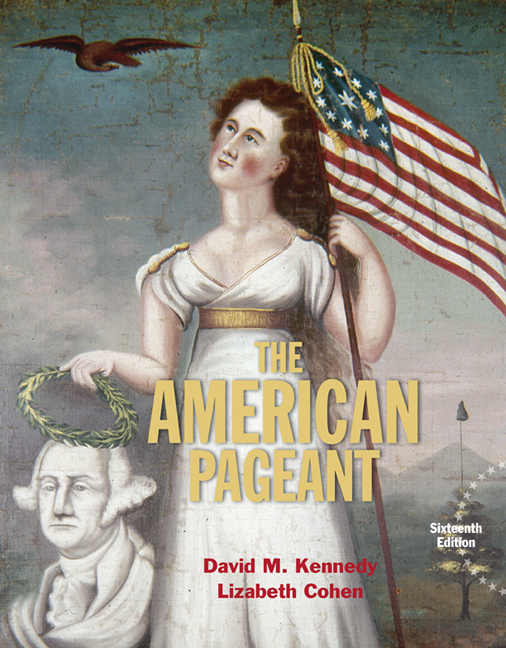
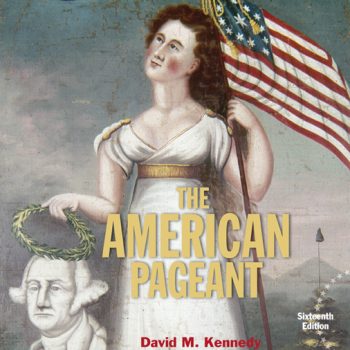
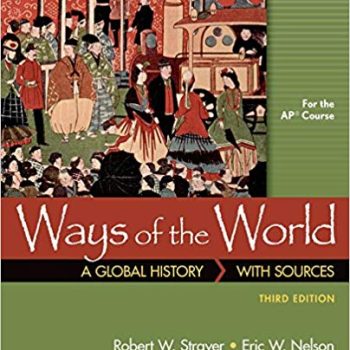

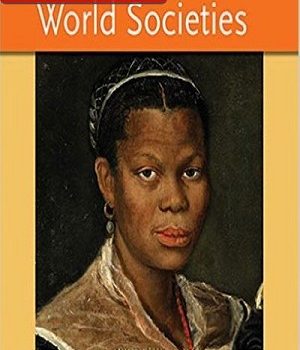
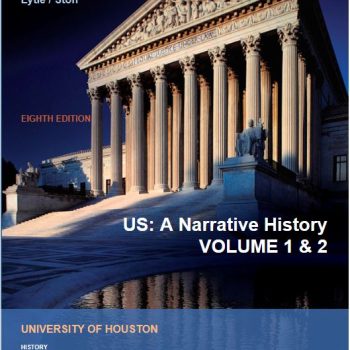

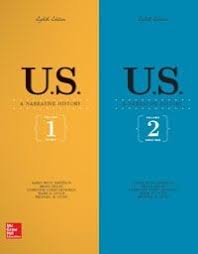
Reviews
There are no reviews yet.